Have you ever asked yourself, “What about electric toothbrushes?” Are they a real game-changer for oral hygiene or just another fleeting trend in dental care? Let’s dive into the debate, unwrapping myths, truths, and personal experiences that may forever change the way you brush your teeth.
What You'll Learn About Electric Toothbrushes and Oral Hygiene
- Why the question ‘what about electric toothbrushes?’ is more relevant than ever
- Key differences between electric and manual toothbrushes
- Expert and personal insights into powered toothbrush benefits and drawbacks
- Tips on choosing the right brush head and features for your needs
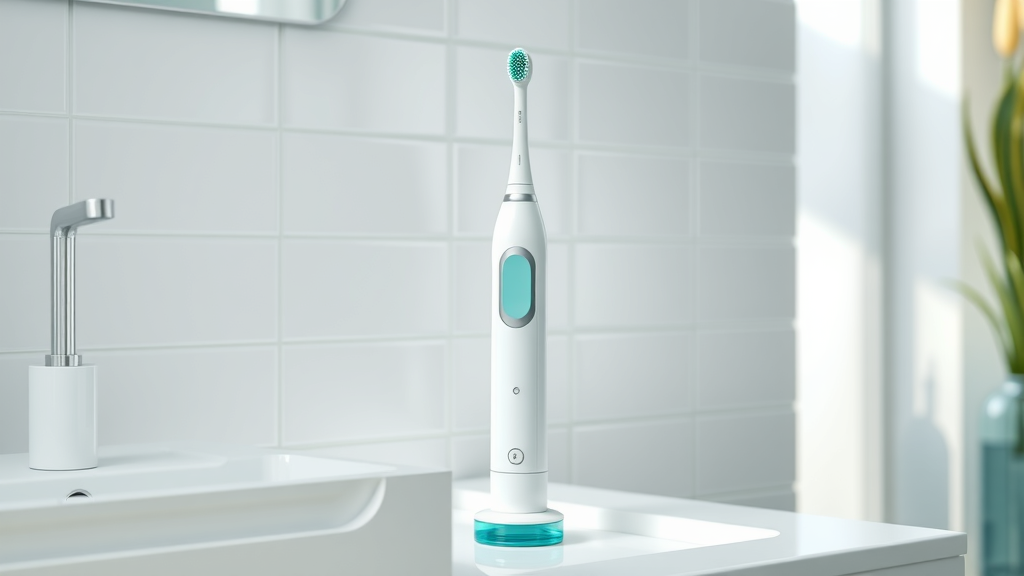
Opening Thoughts: Rethinking the Toothbrush—Is It Time to Go Electric?
"Many still wonder, what about electric toothbrushes? Are we missing out, or are they just another gadget?"
There’s never been a more exciting time to rethink your oral health routine. As dental technology evolves, so too does our understanding of what makes for truly effective oral hygiene. If you’ve ever stood in front of your bathroom mirror debating between picking up your trusty manual toothbrush or investing in the latest high-tech electric model, you’re not alone. For decades, the manual toothbrush was the standard. However, a growing body of research and direct experience now raise the question: is it time to upgrade to a powered toothbrush, or is this just clever marketing? In this article, you’ll get both personal perspective and practical facts to help you decide if an electric toothbrush might be your next step toward healthy teeth and gums.
The conversation around electric toothbrushes isn’t just about tools—it’s about habits, gum disease prevention, comfort, and even long-term oral health. With new features like pressure sensors and multiple brush heads for every dental need, the gap between electric and manual options is more pronounced than ever. Before you set your routine in stone, let’s explore the reality behind the hype.
Comparing Electric Toothbrushes vs. Manual Toothbrushes: The Personal Experience
Electric Toothbrush vs. Manual Toothbrush: Everyday Use
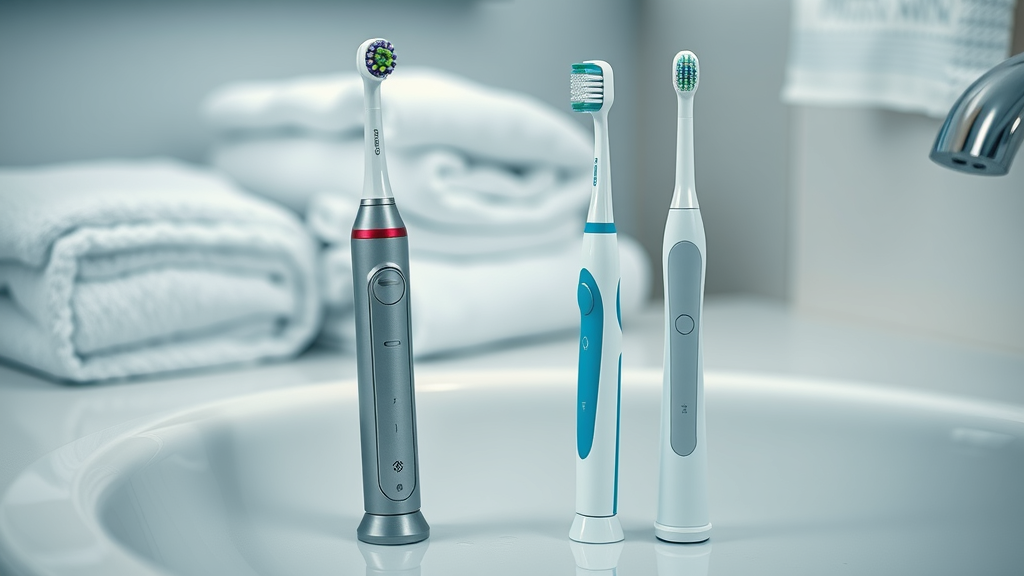
At first glance, a manual toothbrush appears simple, reliable, and affordable. For years, I was convinced nothing could beat the classics. The familiar grip, the control over my brushing technique, and the ability to swap out a manual brush for a new one whenever I needed all made sense. However, after experimenting with an electric toothbrush for several weeks, the difference became undeniable—especially when it came to the ease of maintaining effective brushing habits.
The main contrast between electric and manual brushes is the quality and consistency of their cleaning power. An electric brush delivers thousands—sometimes tens of thousands—of movements per minute, far exceeding what a human hand can manage. Over time, this means more thorough cleaning of each tooth surface, fewer areas of missed plaque, and a noticeable boost in overall oral hygiene. On especially sleepy mornings or rushed evenings, I noticed the electric brush kept my routine on track, making everyday oral care less of a chore and more of an automatic habit.
For those interested in maximizing the results of their daily brushing, professional teeth cleaning services can complement your at-home routine and help ensure your oral health stays on track between dental visits.
Manual Toothbrushes: Pros and Cons
The manual toothbrush holds significant advantages. First, it’s inexpensive and accessible—almost everyone has used one as their first line of defense against plaque. Manual toothbrushes don’t require batteries or charging, making them ideal for travel or emergencies. Because you control every aspect of your brushing time and pressure, they can be especially gentle for patients with sensitive teeth or delicate gums. But there’s a catch: the effectiveness of a manual toothbrush relies heavily on your technique and diligence. Many people suffer from rushed brushing, poor angles, or inadvertently brushing too hard, which can damage teeth and gums. If your brushing habits are inconsistent, the manual option may not yield the best results.
Another consideration is plaque removal. While manual toothbrushes can be as effective as their electric counterparts with the right technique, studies show most users don’t maintain the recommended two-minute brushing time or maintain even pressure. As a result, even committed brushers sometimes leave behind hidden plaque, increasing the risk of gum disease or cavities. Still, if you have the right habits and discipline, a manual brush remains a valid choice and costs a fraction of high-end electric models.
What Sets a Powered Toothbrush Apart?
The game-changer for electric toothbrushes lies in their technology. Powered toothbrushes—especially sonic toothbrushes—provide consistent, high-frequency movements that help break up and sweep away plaque more efficiently than a manual brush could on its own. Many feature built-in pressure sensors to warn you if you’re pressing too hard, and some use timers to ensure you brush long enough.
Modern electric toothbrushes come with interchangeable brush heads designed for everything from sensitive gums to deep cleaning. They’re also easier to handle for anyone with mobility issues, making oral care accessible for all ages. The convenience of automatic movement means fewer missed spots and promotes healthier teeth and gums over time; plus, enhanced plaque removal is a significant benefit many users notice within just a few weeks.
| Feature | Electric Toothbrush | Powered Toothbrush | Manual Toothbrush |
|---|---|---|---|
| Brush Movements (Per Minute) | 15,000–40,000 | Up to 20,000 | User-dependent (200–400) |
| Pressure Sensor | Yes (most models) | Some models | No |
| Built-in Timer | Yes | Some models | No |
| Brush Head Variety | High (multiple options) | Limited | Standard only |
| Effectiveness for Plaque Removal | Excellent | Good | Depends on user technique |
| Travel-Friendly | Needs charging/extra heads | Batteries required | Yes |
| Price | Higher | Moderate | Low |
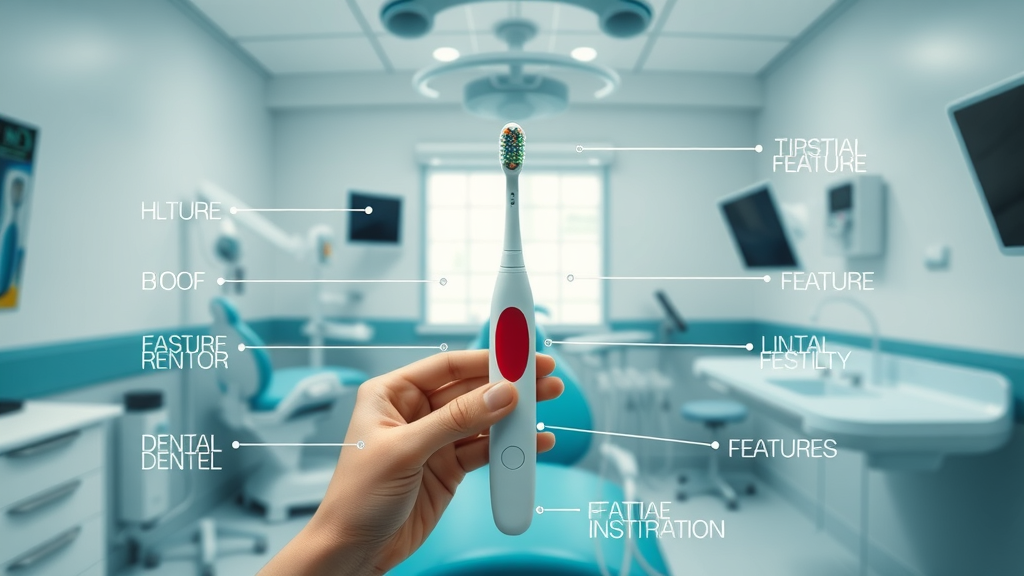
Core Features of Electric Toothbrushes: Why Do People Swear By Them?
The Role and Importance of Brush Heads
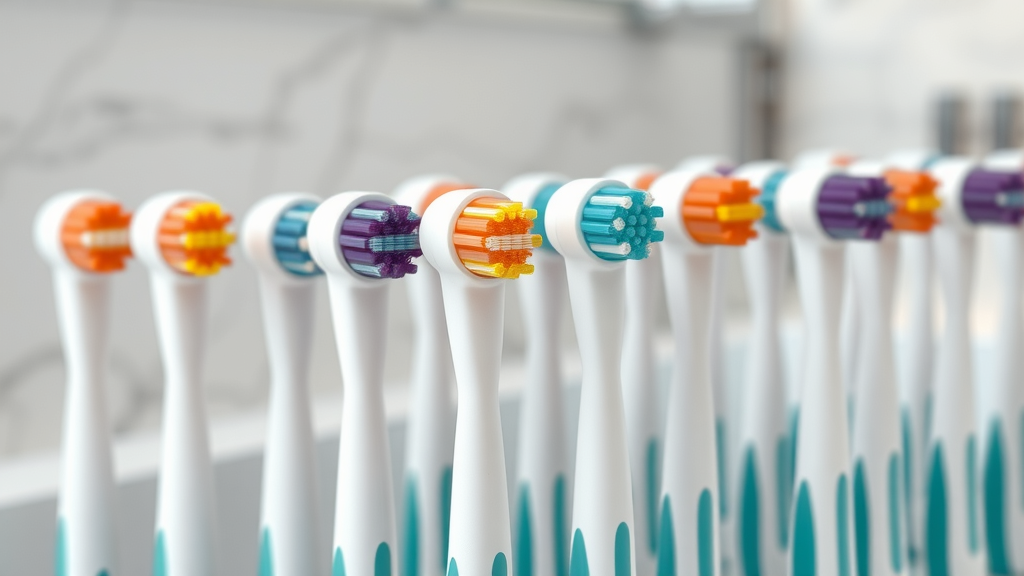
Electric toothbrushes stand out for offering interchangeable brush heads suited to almost any dental requirement. Whether you need a soft head for sensitive teeth, an orthodontic-specific brush for braces, or a bristle pattern designed for advanced plaque removal, there’s a tailored solution. This level of customization is rarely matched by manual toothbrushes, making it easier to adapt to changes in your oral health needs. For my own journey, switching out brush heads every few months helped me maintain not only optimal cleaning power but also promoted better oral hygiene year-round.
The efficiency of a brush head is measured by its ability to reach tight spaces, minimize trauma to gums, and ensure full coverage of each tooth surface. Modern electric toothbrushes feature heads with multi-directional bristles, polishing cups, and compact shapes to thoroughly clean even the most stubborn areas. Replacing your brush head every 3 months—or sooner if bristles are frayed—guarantees the best performance and supports a healthier mouth over the long term.
Does a Pressure Sensor Really Matter?
One of the most innovative advances in electric toothbrushes is the introduction of a pressure sensor. This technology immediately alerts you if you’re brushing too hard—a common mistake that can erode enamel and damage teeth and gums. Before using an electric toothbrush with a pressure sensor, I was unaware just how much pressure I exerted. Once the feature kicked in, it trained me to adopt gentler, safer brushing habits.
Over time, pressure sensors help prevent gum recession and enamel wear, making them particularly beneficial for anyone with a history of gum disease or sensitive teeth. If oral health is your priority, investing in this feature can provide peace of mind and protection, especially for children or elderly family members whose teeth may be more susceptible to damage.
Other Standout Features: Timer, Bluetooth, and More
"Once I tried an electric toothbrush with a pressure sensor, it changed my approach to daily brushing."
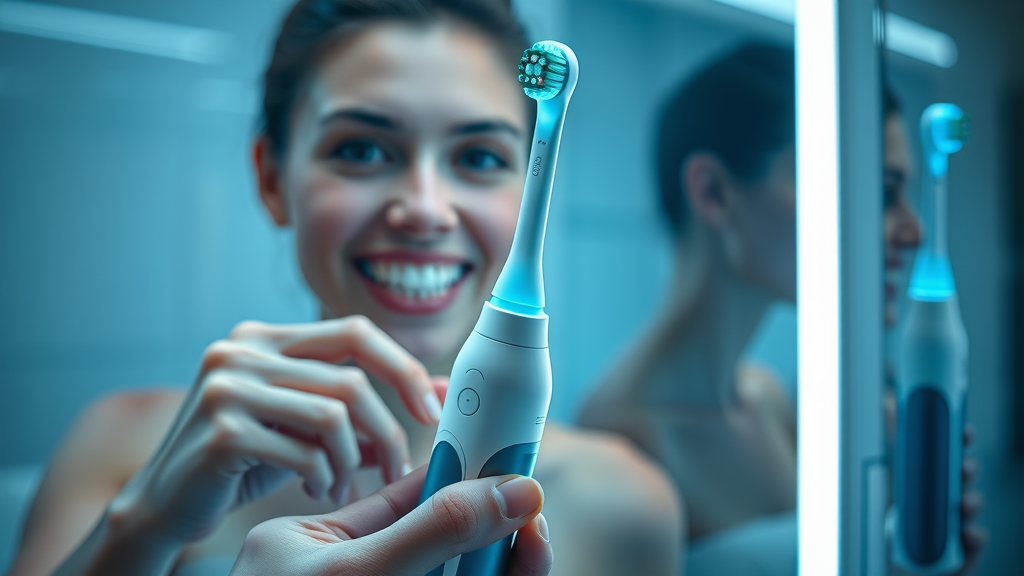
Besides the essential features, today’s electric toothbrushes deliver a raft of extras to make oral hygiene foolproof. Timers ensure you brush for the recommended two minutes, while quadrant reminders break down your brushing session so each corner of your mouth gets equal attention. Higher-end models now include Bluetooth connectivity, allowing you to track your brushing habits with an app and even share results with your family dentist or dental professional.
For many people—myself included—these additions transform brushing from a boring daily task into something almost enjoyable. With feedback, reminders, and even rewards, maintaining proper oral hygiene feels less like a chore and more like a smart, integrated part of your wellness routine.
Popular Myths and Misconceptions About Electric Toothbrushes
- Are electric toothbrushes safer for gums?
- Do powered toothbrushes remove more plaque?
- Is there a noticeable difference in long-term use?
With any new technology, myths abound. Some believe electric toothbrushes are too harsh for sensitive gums; in reality, electric toothbrushes with pressure sensors and soft brush heads are specifically designed to protect gum tissue. Others wonder whether powered brushes are truly more effective at removing plaque. Research and personal experience point to a clear “yes”—powered toothbrushes outperform manual brushes for most people, especially those prone to inconsistent technique.
Lastly, there’s the notion that you’ll see no difference over the long term. Beyond anecdotal evidence, consistent users often demonstrate improved gum health, reduced plaque buildup, and fewer cavities when switching from a manual to an electric model. The catch: results depend on maintaining routine use and replacing brush heads regularly.
People Also Ask: Hot Topics About Electric Toothbrushes
What are the downsides of electric toothbrushes?
While electric toothbrushes and powered toothbrushes offer superior cleaning power, they’re not without drawbacks. Their higher price can be a barrier, especially for premium models with advanced features. They also require charging or frequent battery replacement, which may be less convenient for travel or emergencies compared to a manual toothbrush. For some users, the vibrations or movements may cause mild discomfort at first, though most adapt quickly. Finally, if you neglect to replace the brush head every 3 months, the effectiveness diminishes, negating some of the advertised oral health benefits.
Are electric toothbrushes actually better for you?
Numerous studies, as well as feedback from dental professionals, show electric toothbrushes offer more effective plaque removal and improved gum health for the majority of users—especially when compared to manual toothbrushes. Their pressure sensors, built-in timers, and tailored brush heads promote healthier brushing habits and gently care for teeth and gums. That being said, choosing the right electric toothbrush for your personal oral health needs and using it correctly is key to maximizing its benefits.
Do dentists actually recommend electric toothbrushes?
Most dentists now recommend electric toothbrushes, particularly for patients who struggle with consistent brushing technique or are prone to gum disease. Dental professionals cite superior plaque removal and the added benefits of features like pressure sensors and timers. However, dentists emphasize that proper technique and regular brush head replacement are essential, regardless of toothbrush type.
Do doctors recommend an electric toothbrush?
Many medical professionals—particularly family doctors and those specializing in geriatrics or pediatric care—suggest electric toothbrushes for patients with physical limitations or developmental challenges. The automated movement requires less manual dexterity, ensuring improved oral hygiene outcomes for users of all ages and abilities.
Personal Reflections: Why I Switched to Electric Toothbrushes
How Electric Toothbrushes Improved My Oral Care Routine
"After using an electric toothbrush, I finally understood what my dentist meant by 'thorough clean.'"
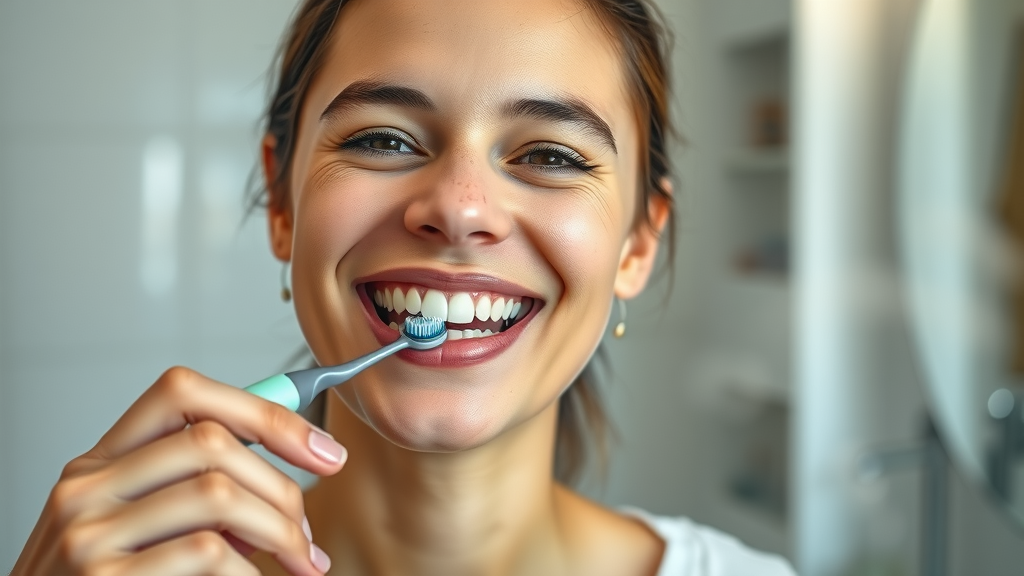
Before making the switch, my twice-daily routine felt more like a box to check than a cornerstone of my oral health. I often wondered if I was doing enough, despite diligent brushing with a manual toothbrush. The first week with an electric toothbrush was eye-opening—my teeth felt truly polished, my dental check-ups improved, and I had far fewer instances of bleeding gums or sensitivity. The built-in timer helped me slow down, ensuring I brushed long enough, while the pressure sensor stopped me from scrubbing too hard. The shift was both physical (my teeth felt cleaner) and mental (I felt empowered to maintain great habits). For anyone struggling with motivation or unsure if their brushing is adequate, I can’t recommend the experience enough.
Today, every member of my family—including my kids—enjoys a modern powered toothbrush. The upgrade is more than cosmetic; it’s a long-term investment in our dental and overall health. Customizing brush heads for different needs ensured each of us could tailor the tool to our unique requirements, from sensitive teeth to orthodontics. If you’re on the fence, give an electric brush a week or two—you’ll likely feel the difference from the very first use.
How to Choose the Best Electric Toothbrush for You
- Evaluating price vs. features
- Best brush head types for different needs
- Considering battery life and charging options
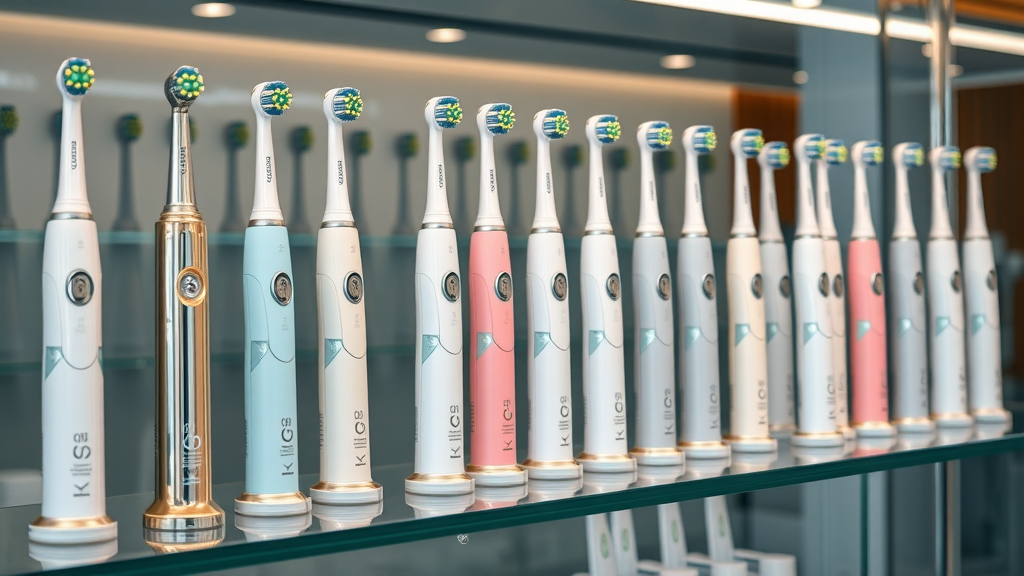
Choosing the best electric toothbrush comes down to balancing your budget, oral health needs, and daily routine. Entry-level models provide basic improvements like an oscillating brush head and two-minute timer, while advanced models add features such as pressure sensors, Bluetooth connectivity, and specialty heads. If you deal with sensitive teeth or braces, look for electric toothbrushes with compatible, gentle brush heads.
Consider battery life—many high-end brushes last up to two weeks on a single charge, while others may need daily charging. Assess handle comfort, ease of head replacement, and compatibility with travel cases or USB chargers. And don’t forget the long-term commitment: replacing brush heads every 3–4 months is essential for optimal performance, so factor recurring costs into your decision. When in doubt, ask your family dentist or dental professional for their top recommendations based on your specific oral hygiene goals.
Frequently Asked Questions About Electric Toothbrushes
- How often should I replace brush heads?
- Can electric toothbrushes damage teeth or gums?
- Ideal cleaning modes for sensitive teeth
How often should I replace brush heads?
Most dental professionals recommend replacing your brush head every three months, or sooner if bristles show wear. A fresh brush head ensures the highest cleaning power and prevents bacteria buildup for optimal oral hygiene.
Can electric toothbrushes damage teeth or gums?
Used properly, electric toothbrushes with pressure sensors are safe and gentle on teeth and gums. However, excessive force or a worn-out brush head can cause sensitivity or abrasion, so always follow manufacturer’s and your dentist’s guidance.
Ideal cleaning modes for sensitive teeth?
Many electric toothbrushes feature a gentle or sensitive mode, along with specialty brush heads optimized for delicate teeth and gums. Using these settings provides thorough cleaning without discomfort, especially important for anyone with sensitive teeth or recent dental work.
Key Takeaways: Is It Worth Asking, 'What About Electric Toothbrushes?'
- Electric toothbrushes offer advantages for many users
- Consider your oral health needs and consult dental professionals
- Personal experience and informed choice are key
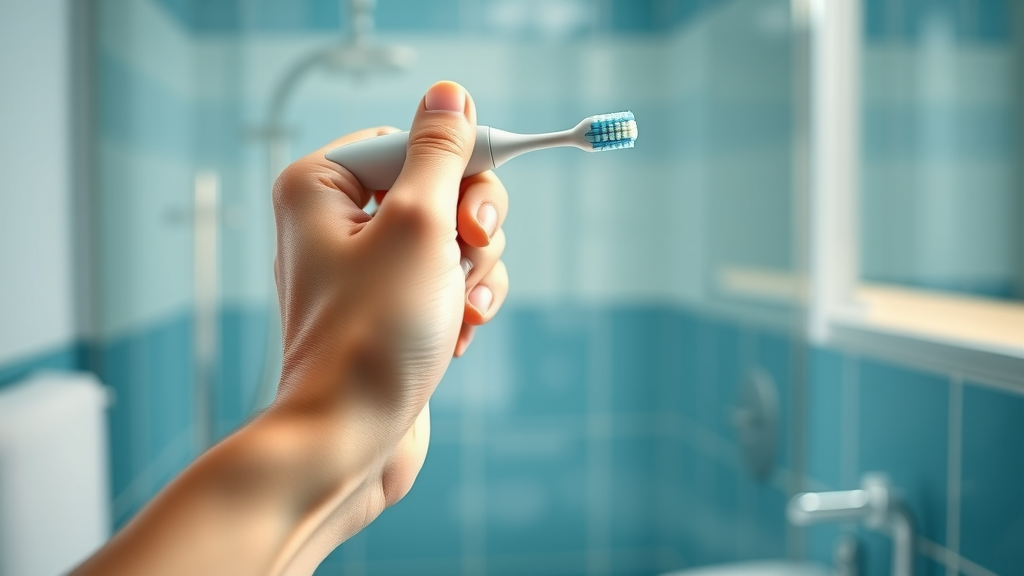
Conclusion: What About Electric Toothbrushes—My Final Thoughts
If you’re ready to boost your oral health, consider whether an electric toothbrush fits your needs—your mouth (and your family dentist) just might thank you.
If you’re interested in taking your oral care to the next level, it’s worth exploring how a trusted family dental care provider can support your journey. From preventive checkups to advanced treatments, partnering with a dedicated dental team ensures your smile stays healthy and bright for years to come. Discover more about comprehensive dental solutions and how expert guidance can make all the difference in your long-term oral wellness.
Ready to Upgrade Your Smile? Contact Johnstown Dental Care Today
Johnstown Dental Care 370 West Coshocton St. Johnstown, OH 43031 Phone: (470) 967-6046 Website: www.johnstowndentalcare.com Proudly Serving: Johnstown, New Albany, Granville, Alexandria, Pataskala, and surrounding areas in Licking County, Franklin County, and Delaware County.
Electric toothbrushes have revolutionized oral hygiene by offering features that enhance cleaning efficiency and user experience. According to the Cleveland Clinic, these devices are generally more effective at removing plaque and maintaining oral health compared to manual toothbrushes. (health.clevelandclinic.org) Additionally, many models come equipped with built-in timers to ensure users brush for the dentist-recommended two minutes, promoting consistent and thorough cleaning. (bellevuedentaloasis.com) For individuals with limited mobility, such as those with arthritis, electric toothbrushes can be particularly beneficial, as they require less manual effort and provide a more thorough clean. (colgate.com) Furthermore, features like pressure sensors help prevent over-brushing, protecting gums from potential damage. (hellofamilydental.com) Incorporating an electric toothbrush into your daily routine can lead to improved oral health outcomes and a more comfortable brushing experience.
 Add Row
Add Row  Add
Add 

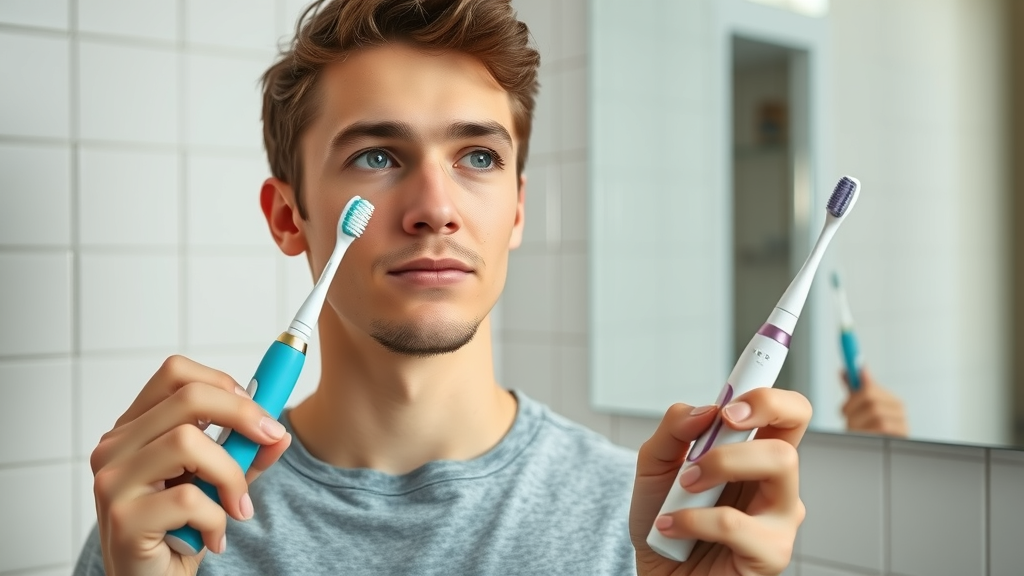
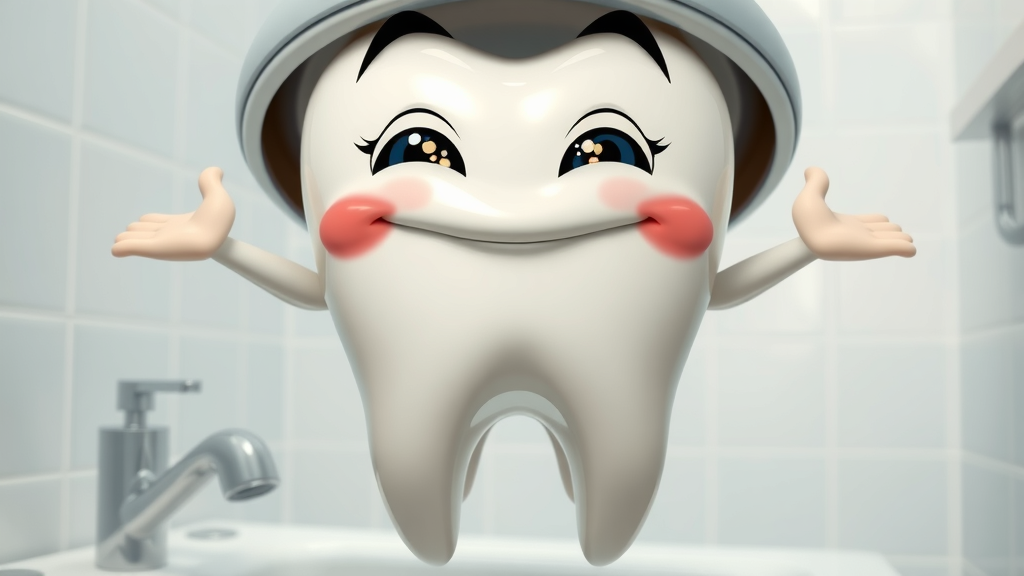

Write A Comment